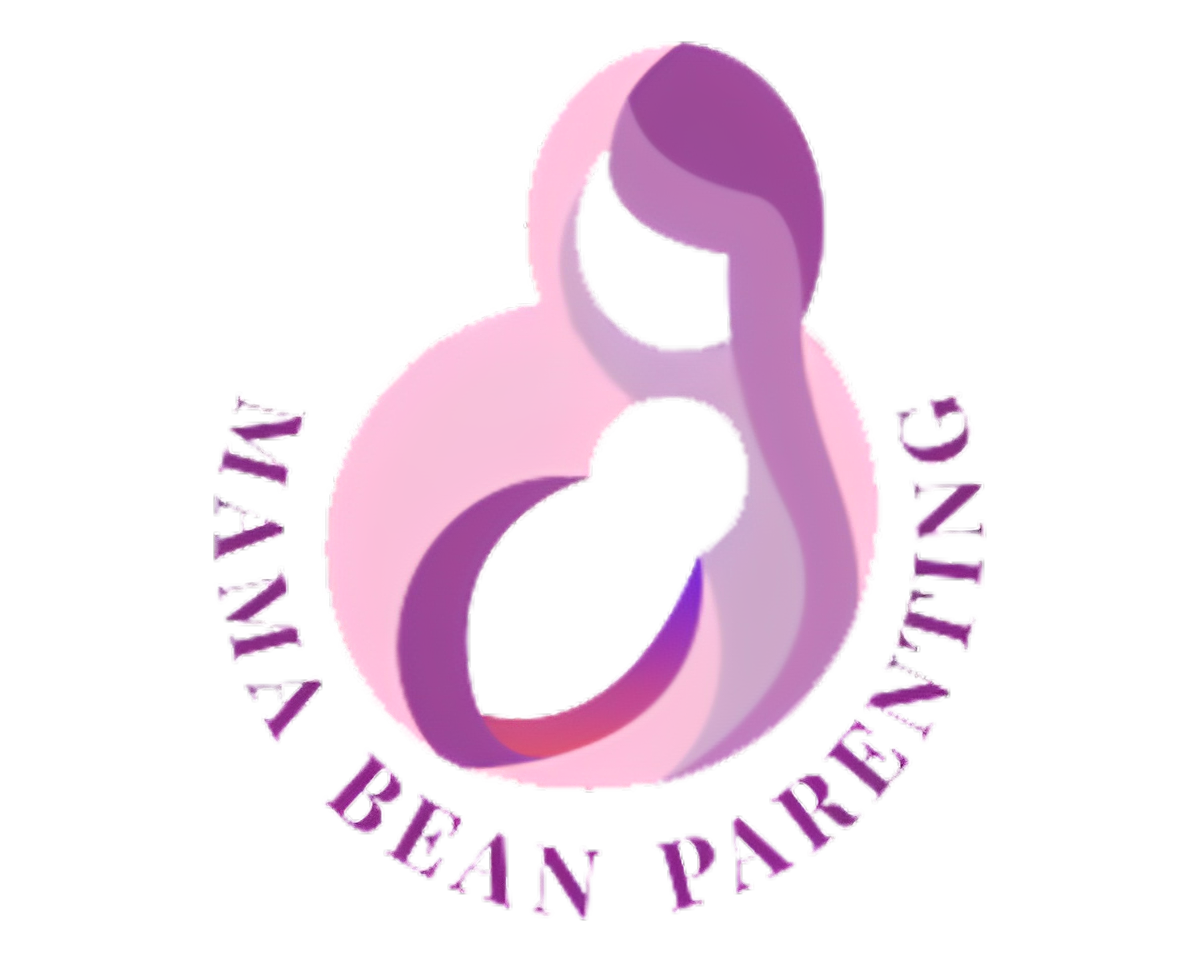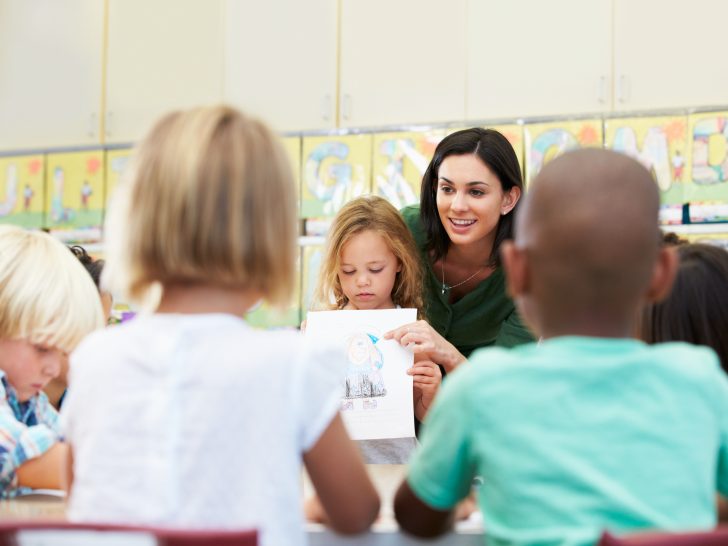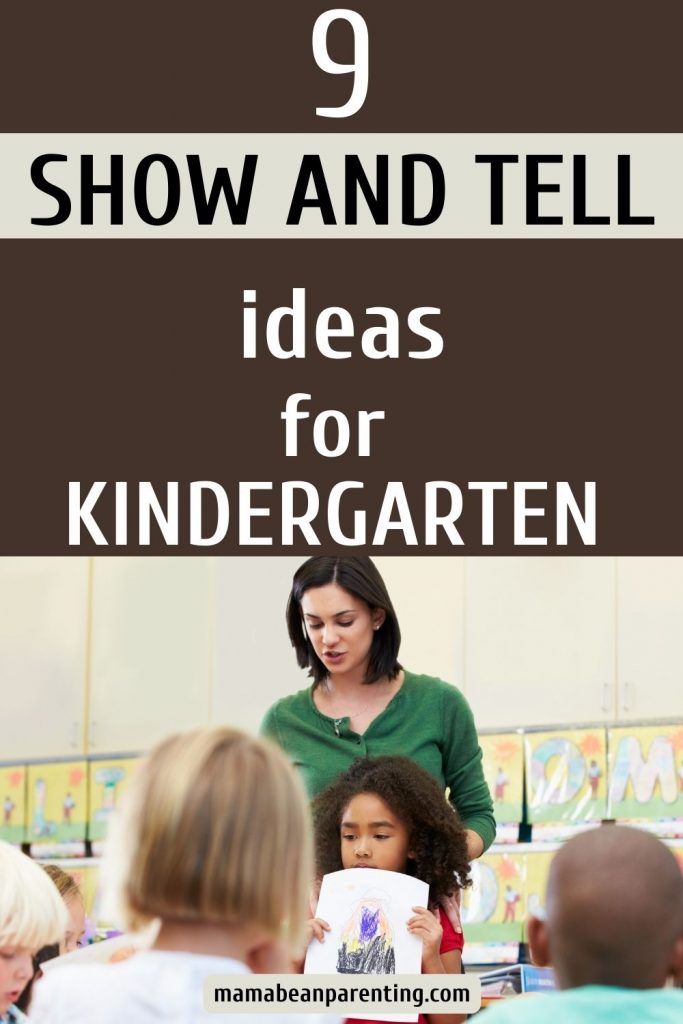For teachers and parents alike, show and tell is a fun and engaging activity to introduce to young children.
There are both interesting and educational benefits to this activity, but we’re here to provide a selection of creative show and tell ideas for kindergarten.
However, it’s equally as important to go over the benefits.
There’s a good reason why teachers and parents use this activity to educate kids.
From developing communication skills to building confidence, show and tell is an excellent opportunity for young children to engage and interact with their classmates.
But, what kind of items should they use?
There are endless possibilities when it comes to show and tell ideas for kindergarten, but the items and objects children use should simultaneously be interesting and educational.
In today’s education, show and tell isn’t restricted to the classroom.
Parents can practice it at home. It can also be done in online classrooms. The benefits are many, so it’s important for teachers and parents to understand which items are popular.
However, before we start exploring ideas, let’s take a look at the benefits.
The Benefits of Show and Tell
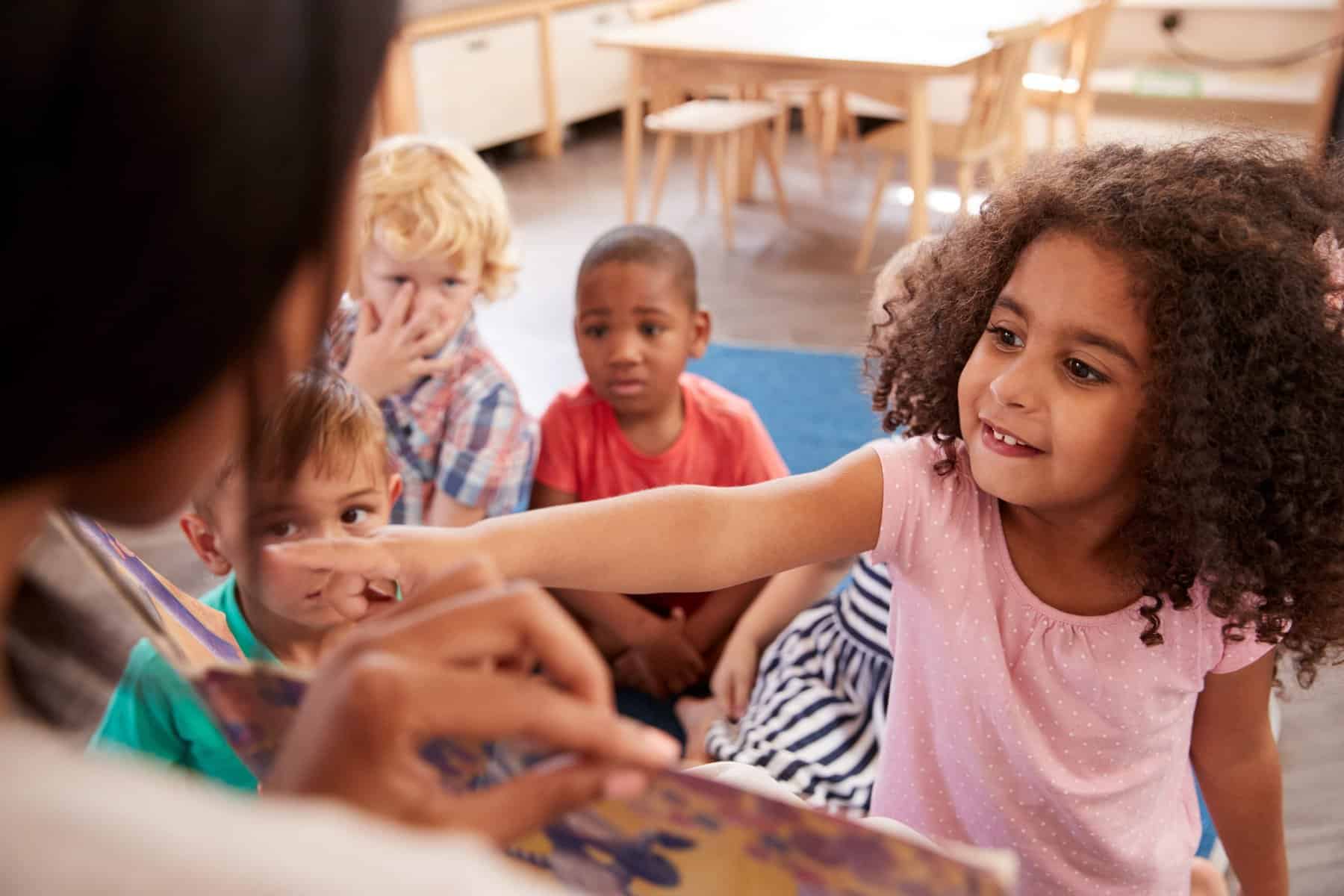
The purpose of show and tell is to allow kids to share their interests and experiences.
They accomplish this by presenting show and tell items to the classroom.
So, what are the benefits?
• The experience develops speaking and listening skills.
Children are encouraged to present their show and tell items, and that takes more than courage.
Yes, it develops confidence, but children are required to communicate in a way that gets their message across clearly.
As such, they learn to articulate their thoughts.
Communication can be tricky, so it’s important for teachers to remain patient.
However, show and tell isn’t just about communication and expression. It also teaches kids to listen and to respect their classmates, which is an important social aspect of this activity.
By actively listening, children develop their ability to grasp new information.
It’s also a great way for young children to expand their vocabulary.
• Show and tell cultivates confidence in young children.
Presenting in front of others is scary for some kids who are naturally shy and find it difficult to convey their thoughts clearly.
As such, practicing show and tell is a great way to boost their confidence and help them become comfortable speaking in front of others.
A good part of confidence comes from preparation.
If children know in advance what kind of show and tell items they will be presenting, they gain extra confidence by planning and preparing for the presentation.
If a child is shy and lacking confidence, it falls to teachers and parents to encourage them with positivity.
Even though it’s a little bit scary at first, children get used to show and tell real quick.
They learn to identify their qualities and talents by way of self-expression. Children that know their strengths are sooner to develop confidence and build a positive self-image.
• Speaking and listening promote social skills.
By sharing show and tell items, children interact with their peers.
They learn how to communicate, but also how to actively listen to other kids.
At this young and impressionable age, it is important for young children to efficiently work on developing their social skills.
Show and tell activities teach them to be patient as other kids present their own show and tell items while they wait for their turn to speak.
They also learn to ask and answer questions, as well as provide general feedback.
This activity actively develops patience, empathy, and understanding.
Show and tell ideas for kindergarten are essential for teachers and parents, because the items they present serve an educational purpose.
For example, certain cultural items can help cultivate cultural awareness in young children, which promotes general acceptance.
• Show and tell items introduce new concepts to children.
From favorite books and movies to a favorite stuffed animal, there are endless possibilities to what kind of fun show and tell items a child can bring to share with their classmates.
As a parent, encourage your child to bring something that they love.
This allows them to present the topic passionately to their peers.
Show and tell examples are practically endless, but a dinosaur book, for example, is a fun world for young children to lose themselves in, and to acquire new and useful knowledge.
Musical instruments are also popular, but we will explore show and tell ideas for kindergarten soon.
For now, it’s important to convey the idea that a single creative item can introduce a new concept and serve a significant educational purpose for kids.
From cultures, traditions, books, animals and more – there’s so much to unravel.
Ultimately, they provide a fun opportunity for children to grasp new concepts.
• Discovering new items enhances creativity and imagination.
Presenting items encourages a child to think creatively as to how they want to go about it.
You will be surprised by the sheer volume of creative ways they find to convey ideas.
After all, creativity is their strong suit.
Especially when they’re presenting something that they’re passionate about, such as a favorite book, they go the extra step and use their imagination to think outside the box.
As a parent or a teacher, you’re encouraged to inspire children to use their imagination to come up with different ideas to present their items in a safe, structured environment.
From building confidence to developing self-expression, show and tell ideas for kindergarten have many developmental benefits, more than we have listed here.
Let’s do a quick summary of the benefits included:
1. Enhances speaking and listening skills.
2. Builds confidence in young children.
3. Promotes social skills and interaction.
4. Introduces a variety of new concepts.
5. Encourages creativity and imagination.
6. Enhances critical thinking and problem-solving.
7. Promotes cultural awareness.
8. Develops organizational and planning skills.
9. Additional benefits – depending on the item.
That said, it’s clear why show and tell ideas for kindergarten are so important.
It’s crucial for young children to start developing their life skills.
Parents and teachers alike rely on this activity to teach their children.
However, what show and tell items are the best? Let’s start exploring ideas.
Best Show and Tell Ideas for Kindergarten
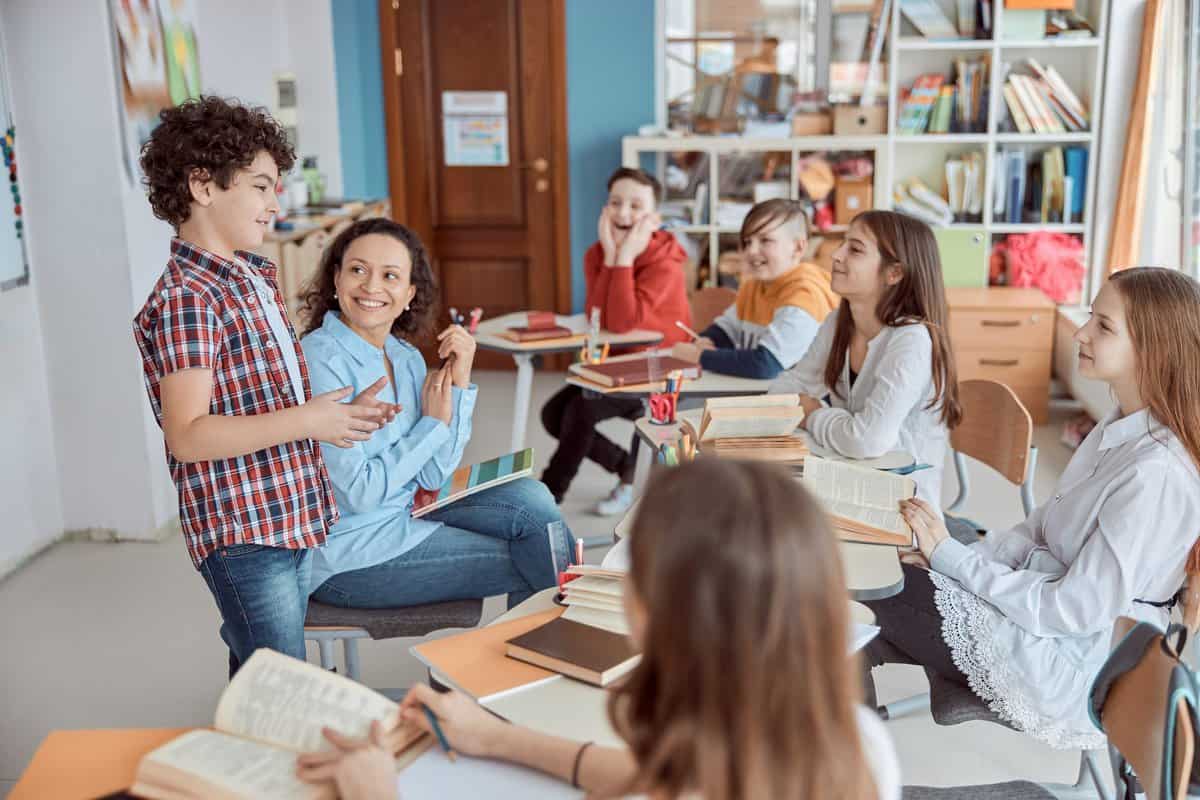
There are so many show and tell ideas for kindergarten to explore.
In fact, the list may very well be endless.
Even though our suggestions can point you in the right direction and give you something to think on, sometimes the best item is something that your child loves and appreciates.
Consider what your child likes. Consider their hobbies, interests and preferences.
Here’s our in-depth list of fun and engaging show and tell items:
1 • A favorite toy or stuffed animal.
Kids love toys. There’s no two ways about it.
Toys, games and activities are educational, interactive and fun. Therefore, using your child’s favorite toy may be the best option, especially if it’s their first time presenting.
Your child is likely attached to their favorite toy. As such, they will be able to articulate their thoughts clearly, since the item in question is truly special and familiar to them.
As a parent, you have to understand that your child’s favorite toy is unique.
They can talk about it forever, because it means the world to them. However, you can still provide pointers for them to cover, such as why they like it and how they play with it.
There’s another lesson to be gained by bringing a toy – and that’s the lesson of sharing.
In a school, classmates will surely want to try the toy themselves. Encourage your child to share their favorite toy with others in order to help them develop their social skills.
2 • A family or a pet photograph.
Does your family own a pet?
If your child has a strong bond with their pet, they can bring a pet photograph.
Sharing a few personal stories and talking about their pet is certain to develop their self-confidence and sense of belonging in a school.
They can talk about so many things and likely don’t need any preparation at all, since they have many memories to inspire them.
On the other hand, it’s also a neat idea to bring a family photograph.
A child can communicate not only about their family members, but about the jobs they do, professions, memories, their family culture and so much more.
All of this provides a great learning experience for the entire classroom, and makes for an interesting presentation.
3 • A drawing or a painting.
Does your child like to draw and paint? Then, this idea is perfect for them.
Some show and tell items, such as this one, are based on creativity. It’s an excellent opportunity for your child to showcase their artistic ability and gain confidence.
After all, art is always fun to look at and visually engaging.
Drawings and paintings are interesting to show and tell ideas for kindergarten kids because they’re fun to present and describe.
They can explain what inspired them to make their art, as well as the process behind it, the colors, shapes, textures, and materials they used.
Even grown-up artists struggle with self-confidence and self-esteem.
By rewarding a child for self-expression with positive feedback and recognition, you instill a sense of confidence in their abilities which makes them happy to share their art.
Overall, this item is perfect for kids that want to showcase their creativity.
4 • A favorite book.
Want to encourage a love of reading, whether at home or at school?
Have your child bring and present their favorite book.
Some kids refuse to read. This happens for a variety of reasons, but if your child talks about why they enjoy reading the book, it can influence their peers in a positive way.
There’s a lot to talk about when it comes to books. From favorite characters to favorite parts of the story, what they learned by reading it, or even pointing out illustrations.
Show and tell ideas for kindergarten are all about promoting language development, and that’s where a book truly shines.
By reading and sharing stories, young children develop their vocabulary, cultivate a lifelong love of learning, as well as practice public speaking.
Plus, kids quickly bond over their shared love for a book they both read.
5 • A musical instrument.
If your child loves music, have them bring a musical instrument.
For a 4 to 6 year old kid, music is one of the best sources of entertainment.
If it makes sound, it captures attention. Even though most young kids have already experienced different instruments, maybe your child’s musical toy is more unique.
Either way, it’s sure to be a new discovery for at least a few students.
The best part about bringing a musical instrument is the fact that your child can actually demonstrate how to play it, rather than explain it.
They can also share why they love the sounds that it makes, and choose to play from a variety of rhythms for everyone to enjoy.
A teacher can take advantage of the situation and organize a little dance.
Since playing a musical instrument promotes cognitive and motor skills, have your child share the instrument with their peers.
Even if they don’t know how to play, it’s surely going to be a fun and new experience for them as they play and test their musical abilities.
Like sharing art, playing music boosts self-confidence, too.
All in all, it’s a wonderfully creative and educational idea with lots of benefits.
6 • A collection of seashells.
Of course, not every family is going to have seashells at home.
However, if you’ve been saving them as a keepsake from one of your family trips to the beach, then consider giving them to your child to present.
A collection of seashells is a fascinating item. Even though most kids have seen it, for some they’re going to be new.
Your child can talk about the seashells and hand them out to other kids.
We’ve listed a few show and tell ideas for kindergarten kids that are purely creative, but this one has a scientific curiosity behind it, inspiring children to pursue knowledge.
Seashells teach us about marine life, habitats and ecosystems.
That may sound a bit complex to a 4 to 6 year old child – but nonetheless fascinating.
7 • Flags of different countries.
Bring flags for a lesson in geography.
Using flags is a great way to teach not only geography, but culture and world history.
By including a world map to the presentation, your child can learn to pinpoint the flags with the corresponding locations on the map, which allows kids to learn geography.
Furthermore, a child can elaborate the various colors and symbols on flags. On top of that, they can share interesting facts about the country’s culture, traditions and history.
Especially if you come from a different country, this may be a perfect opportunity for your child to talk about the place where they come from and promote a sense of belonging.
By talking about flags, children develop respect and appreciation of different cultures.
You can even suggest to your child to host a ‘Guess the Country’ game.
All in all, this idea is one of our favorites.
8 • A family heirloom.
Family heirlooms are valuable items with a lot of history behind them.
Your child probably knows about these items, but it’s likely that you don’t allow them to interact with the items in question due to the fact that kids tend to, well, break stuff.
From jewelry to antique coins or tools – all of these things sometimes have significant monetary value, but always have sentimental value for your family and your household.
Entrusting your child to present a family heirloom to the class is a unique experience.
It instills a sense of pride within them. It connects them to your heritage.
Depending on the item, they can talk about the history behind it, about the previous owners and how it was passed down through the family.
They can talk about what it means to them and what it means to the family, and provide a few interesting facts, as well.
As opposed to previous show and tell ideas for kindergarten children, presenting family heirlooms is a meaningful experience that, with the right item, can be truly unique.
9 • Anything your child likes.
In the end, this is the most important aspect to consider.
There are so many show and tell ideas for kindergarten kids, but giving your child the freedom to choose what they want to bring is perhaps the safest and smartest option.
Why? Well, it encourages creativity and self-expression.
The point of such activities is for children to share what they care about.
No one wants to present an item that they don’t like.
When children are free to pick their items of choice, it always ends in a fun and unique presentation.
Some kids choose to bring a strangely-formed rock that they found on the street one day. You may get something really unexpected but always meaningful.
Parents and teachers should keep children’s interests in mind.
Show and Tell Activities for Kindergarten
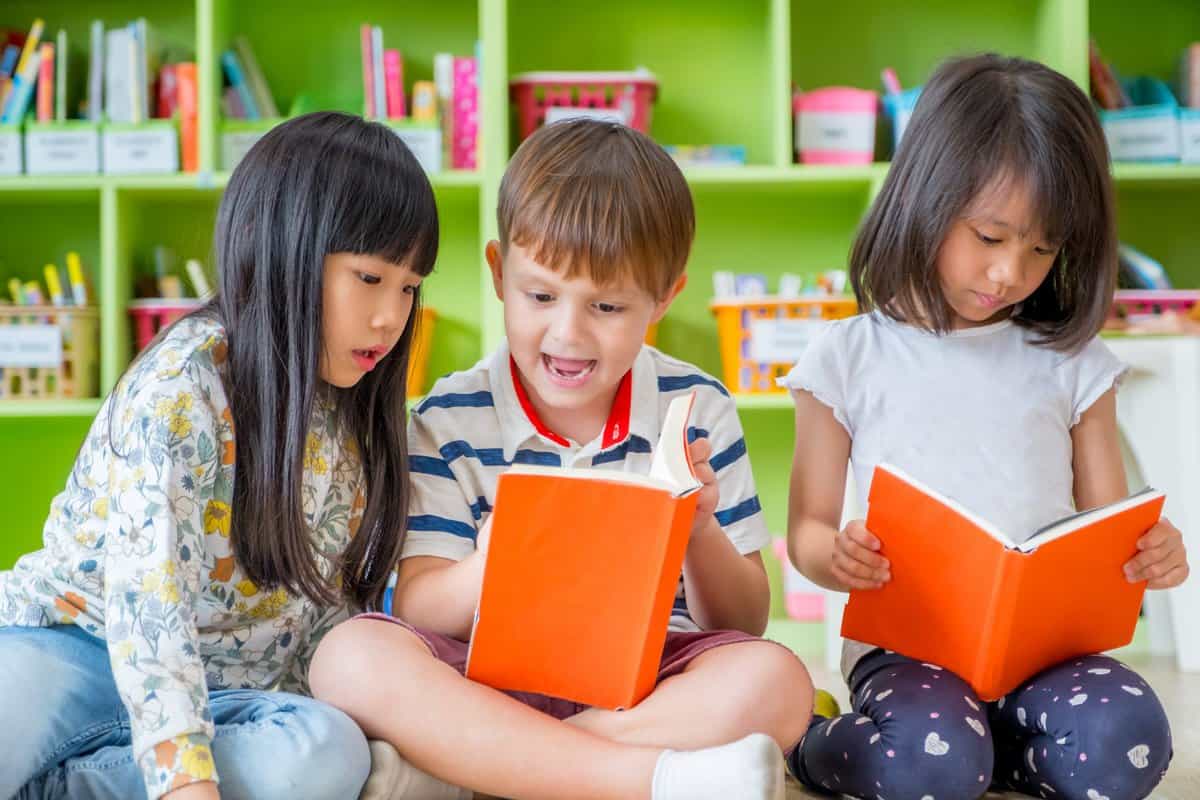
There are many fun and unique ways to organize a show and tell presentation.
These ideas are practiced often at school, but you can do them at home, too.
A classic alternative to the traditional method is the so-called mystery bag. Basically, every child brings in an item in a bag, but doesn’t reveal it to anyone else.
The child then describes the item to the best of their ability while the rest of the students try to guess.
There’s also an exciting alternative in doing show and tell in pairs.
In essence, two children pair up and take turns describing each other’s items.
As a teacher, you can organize weekly alphabetical show and tells where you go down the alphabet each week, having the kids bring in items that begin with the week’s letter.
There’s a lot of ways to go about it, but it’s important to keep it fun and educational.
From pictures to themes – the possibilities are endless.
One thing is certain, and that’s that kids have a big imagination. It’s important for parents and teachers to tap into their natural reservoirs of creativity.
To make the most of show and tell ideas for kindergarten, make it stimulating by mixing things up from time to time.
With the right activities, school is always going to be fun.
In Conclusion
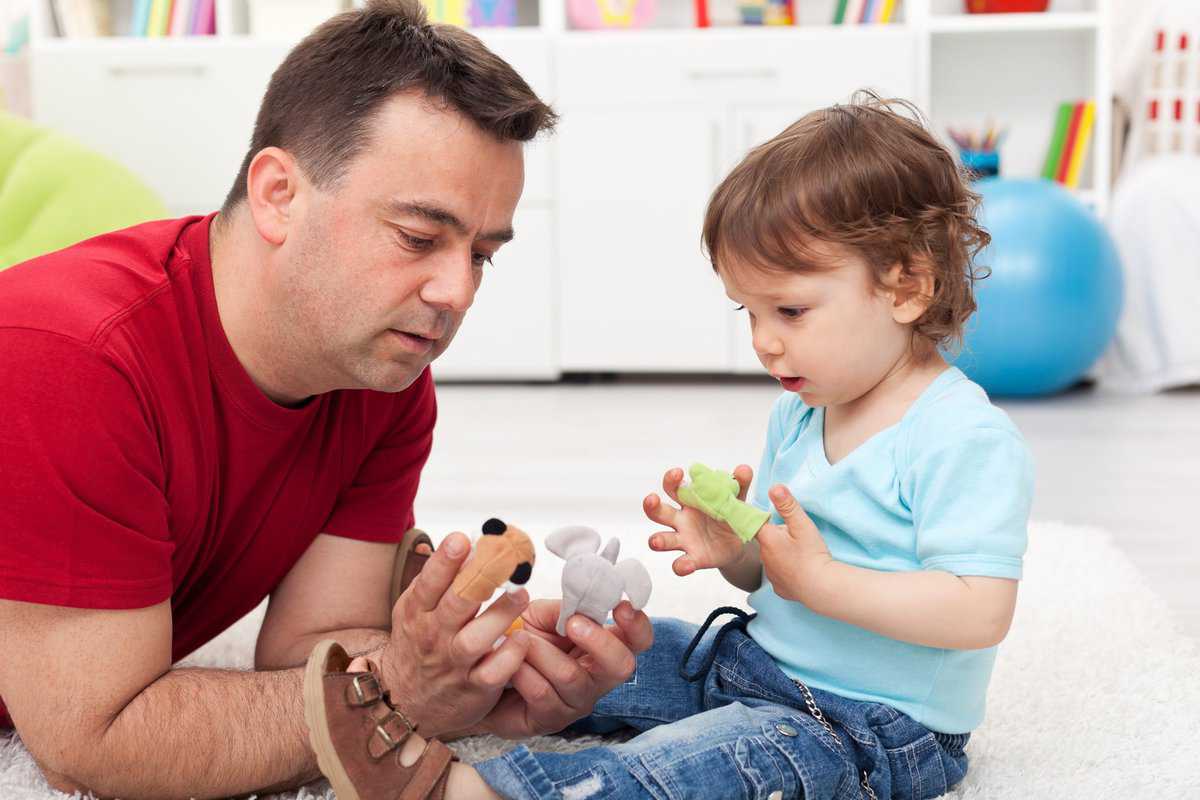
Show and tell is a popular teaching activity practiced in classrooms across the world.
The best part about it?
Your child can engage in this fun activity at home, too.
As covered thoroughly in the text above, the benefits are numerous.
Show and tell builds confidence, introduces new and exciting concepts, helps kids improve their social skills and expands their vocabulary. That’s why it plays a crucial part in child development.
By bringing a variety of unique items, children share with their classmates and connect with each other in a meaningful way. Plus, it’s a great way to instill a sense of confidence.
Stage fright is a real spook, so it’s important to start working on it at an early age.
Show and tell can be done traditionally, but there are alternatives worth considering, too.
All things considered, show and tell is a valuable part of every child’s education.
From boosting creativity to enhancing self-expression, this activity is important for young children to overcome significant challenges and obstacles, all while having a good time.

Mother of three and a primary school teacher. I’ve always loved being around children and helping them, so I chose my path as a teacher. It is sometimes hectic with three children, but I am 100 percent into it and wouldn’t change it for anything in the world.
